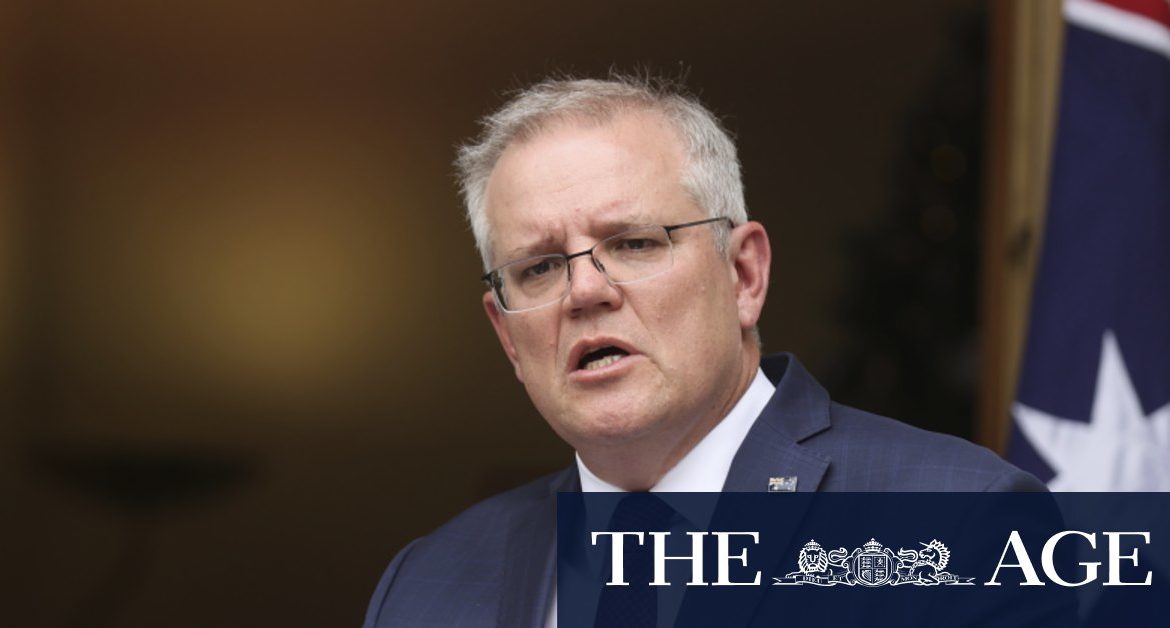Loading
“That is a target, that is what we are working to,” Mr Morrison said.
That timeframe will be dependent on Therapeutic Goods Administration approval and the delivery of the vaccine from suppliers.
“Vaccination in 2021 is a key component of how we’re dealing with the pandemic here in Australia,” he said.
Secretary of the federal Health Department, Professor Brendan Murphy, repeated the country’s goal is to administer four million doses of COVID-19 vaccines by the end of March.
The government aims to register the Pfizer vaccine later this month, and the Oxford-AstraZeneca vaccine in February.
Thirty to 50 hubs across the country will be established to administer the Pfizer vaccine. The two vaccines will eventually be administered from different hubs. Their locations will be determined by the states and territories, in partnership with the Commonwealth.
“Assuming all those things go well, in mid to late February we can start our phase one rollout,” Professor Murphy said.
This will be for the priority group, and they will receive the Pfizer vaccine: quarantine and border workers, health care workers, aged care staff and aged care residents.
When the Oxford-AstraZeneca vaccine is available, there will be “significantly” more doses available as it will be manufactured on shore, guaranteeing a supply line.
“That will enable a rapid rollout. We will expand that to a significantly broader range of the at-risk population,” Professor Murphy said.
That includes those of advanced age, Indigenous Australians, those over 55 at higher risk of disease, other people with clinical conditions that make them at higher risk, and other high-risk workers more likely to be exposed to COVID-19.
“By the end of March we hope to have at least four million doses, and then we will ramp up further and expand to the population more broadly,” he said.
Professor Brendan Murphy confirmed the vaccine would be free for all Australians.
“We can guarantee the vaccine will be free, and it will be delivered free,” he said. “We do not want there to be any barrier whatsoever.”
Loading
He defended the time his department had taken in co-ordinating the country’s vaccine response, saying health officials had been working around the clock on one of the most complex public health exercises of their careers. “This time is not being wasted,” he said.
Asked why the vaccination roll-out couldn’t happen even sooner, the Prime Minister said a two week delivery wait time was required after the Pfizer vaccine was approved by the Therapeutic Goods Administration.
“The vaccines don’t turn up before the TGA approval. They turn up after. And after that, there is about a week involved in batch testing [before they are administered],” Mr Morrison said.
“It is moving considerably faster than normal vaccination processes would in Australia, but without skipping a step.”
Federal Health Minister Greg Hunt said the government’s approach had been to “under-promise but over-deliver”, and he was confident about the new time frame.
Natassia is the education reporter for The Sydney Morning Herald.
Most Viewed in Politics
Loading







